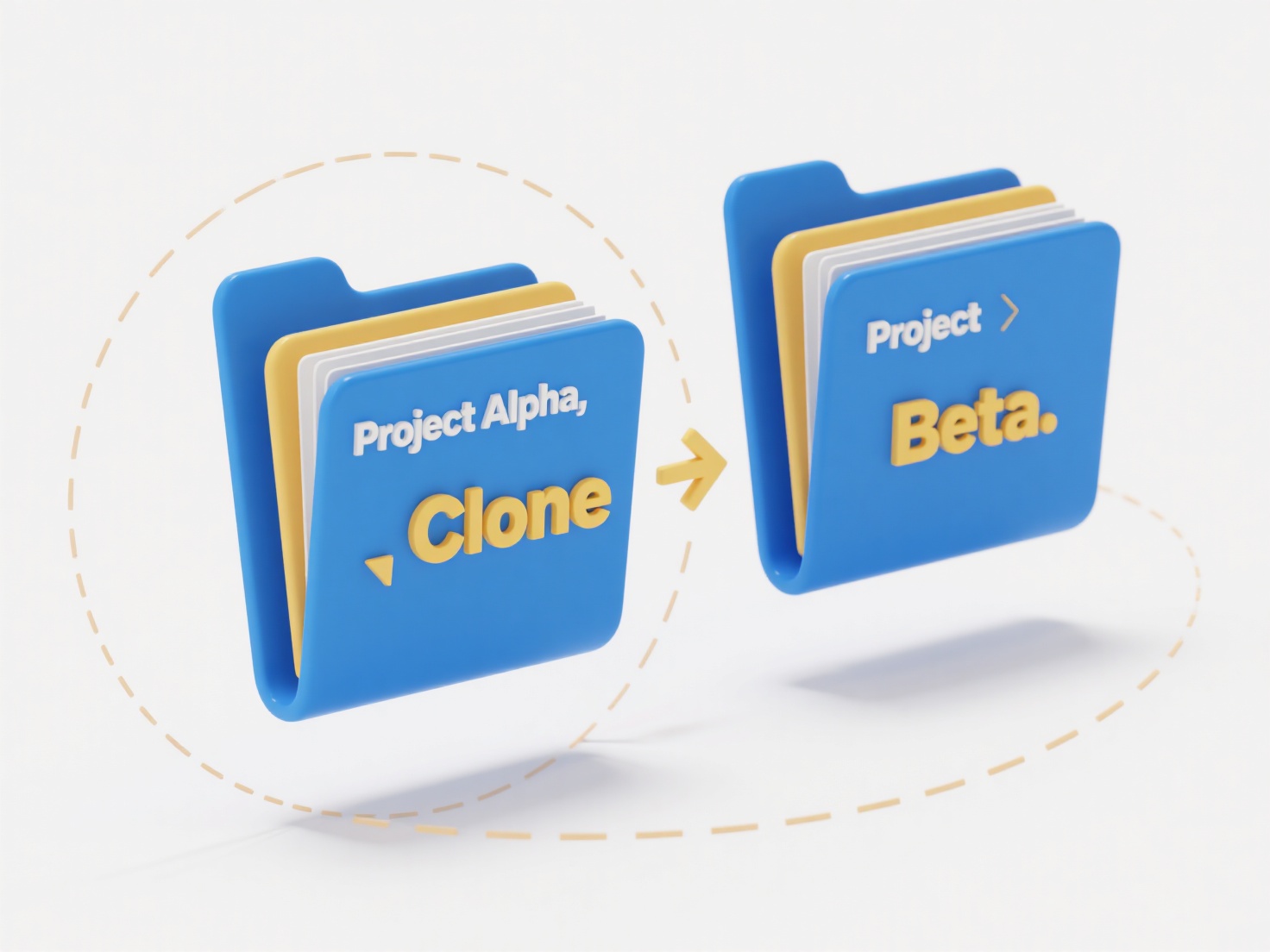
Renaming integration refers to automating file name changes within an existing file management process, rather than performing it as a separate, manual step. It involves using tools or scripts that systematically modify filenames according to predefined rules like adding timestamps, sequences, keywords, or standardized formatting. This differs significantly from opening files individually in Explorer or Finder just to change their names.
Practical implementations include using scripting languages (Python scripts that append a creation date to photos during backup) or dedicated renaming software integrated into workflows. Examples are photographers using Lightroom plugins to automatically rename exported image files with client-project-sequence patterns, or developers embedding renaming commands within build scripts to version output artifacts like app_v1.2.3.zip.

This automation boosts efficiency and consistency, especially for large volumes of files, reducing human error. However, poorly designed rules can cause confusion or data loss; thorough testing is crucial. Over-reliance on filenames instead of metadata might limit searchability. Future enhancements increasingly leverage AI for context-aware renaming suggestions, making adoption more accessible and beneficial for organized digital asset management.
Can I integrate renaming into my file workflow?
Renaming integration refers to automating file name changes within an existing file management process, rather than performing it as a separate, manual step. It involves using tools or scripts that systematically modify filenames according to predefined rules like adding timestamps, sequences, keywords, or standardized formatting. This differs significantly from opening files individually in Explorer or Finder just to change their names.
Practical implementations include using scripting languages (Python scripts that append a creation date to photos during backup) or dedicated renaming software integrated into workflows. Examples are photographers using Lightroom plugins to automatically rename exported image files with client-project-sequence patterns, or developers embedding renaming commands within build scripts to version output artifacts like app_v1.2.3.zip.

This automation boosts efficiency and consistency, especially for large volumes of files, reducing human error. However, poorly designed rules can cause confusion or data loss; thorough testing is crucial. Over-reliance on filenames instead of metadata might limit searchability. Future enhancements increasingly leverage AI for context-aware renaming suggestions, making adoption more accessible and beneficial for organized digital asset management.
Quick Article Links
How do I group similar files together?
Grouping similar files organizes digital items by shared characteristics, differentiating it from simply arranging files...
How do I prevent folder nesting from getting too deep?
Folder nesting refers to how directories contain subdirectories, creating a hierarchical path to files. When nesting bec...
Should I replace, skip, or keep both files during a conflict?
File conflicts occur when changes to the same file are made independently on two separate devices or by two different us...